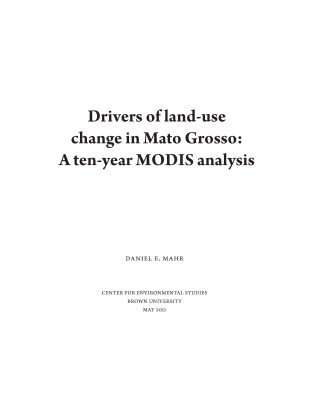Drivers Of Land Use Changes
Readers of this article should also read Fake driving licenses a shocker 'Pssssst, hey buddy! Wanna buy a driver's license?' Have you received one of these in the. Does proximity to a well-developed road network correspond with changes to the way land is used? Does the presence of an irrigation system encourage agricultural producers to keep land in production, or change what they use their land for? The factors driving land use change in Alberta continue to be.
Understanding drivers of changes in land use/land cover (LULC) is essential for modeling future dynamics or development of management strategies to ameliorate or prevent further decline of natural resources. In this study, an attempt has been made to identify the main drivers behind the LULC changes that had occurred in the past four decades in Munessa-Shashemene landscape of the south-central highlands of Ethiopia. Garmin Usb Serial Emulator Windows 7. The datasets required for the study were generated through both primary and secondary sources. Combination of techniques, including descriptive statistics, GIS-based processing, and regression analyses were employed for data analyses. Changes triggered by the interplay of more than 12 drivers were identified related to social, economic, environmental, policy/institutional, and technological factors. Specifically, population growth, expansion of cultivated lands and settlements, livestock ranching, cutting of woody species for fuelwood, and charcoal making were the top six important drivers of LULC change as viewed by the local people and confirmed by quantitative analyses. Differences in respondents' perceptions related to environmental (i.e., location specific) and socioeconomic determinants (e.g., age and literacy) about drivers were statically significant (P = 0.001).
LULC changes were also determined by distances to major drivers (e.g., the further a pixel is from the road, the less likelihood of changes) as shown by the landscape level analyses. Further studies are suggested targeting these drivers to explore the consequences and future options and formulate intervention strategies for sustainable development in the studied landscape and elsewhere with similar geographic settings.


In this study, we explored the spatial and temporal patterns of land cover and land use (LCLU) and population change dynamics in the St. Louis Metropolitan Statistical Area. The goal of this paper was to quantify the drivers of LCLU using long-term Landsat data from 1972 to 2010. First, we produced LCLU maps by using Landsat images from 1972, 1982, 1990, 2000, and 2010. Next, tract level population data of 1970, 1980, 1990, 2000, and 2010 were converted to 1-km square grid cells. Then, the LCLU maps were integrated with basic grid cell data to represent the proportion of each land cover category within a grid cell area.
Finally, the proportional land cover maps and population census data were combined to investigate the relationship between land cover and population change based on grid cells using Pearson's correlation coefficient, ordinary least square (OLS), and local level geographically weighted regression (GWR). Land cover changes in terms of the percentage of area affected and rates of change were compared with population census data with a focus on the analysis of the spatial-temporal dynamics of urban growth patterns. The correlation coefficients of land cover categories and population changes were calculated for two decadal intervals between 1970 and 2010. Our results showed a causal relationship between LCLU changes and population dynamics over the last 40 years. Urban sprawl was positively correlated with population change.
However, the relationship was not linear over space and time. Spatial heterogeneity and variations in the relationship demonstrate that urban sprawl was positively correlated with population changes in suburban area and negatively correlated in urban core and inner suburban area of the St. Louis Metropolitan Statistical Area. These results suggest that the imagery reflects processes of urban growth, inner-city decline, population migration, and social spatial inequality.